Virtually explore the Guggenheim with Smarthistory as your guide
Some background
videos + essays
Link to the Guggenheim's website
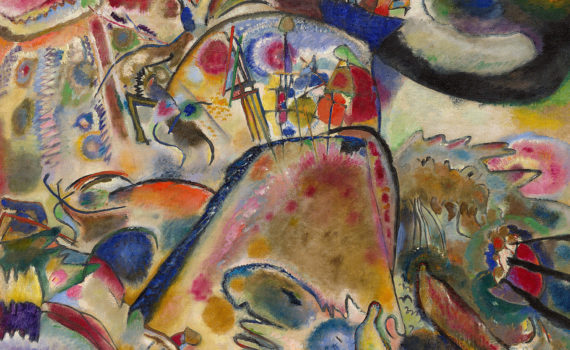
Kandinsky, Apocalypse, Abstraction
Kandinsky believed that humankind was on the verge of a cataclysmic change from the current, materialistic epoch to an “Epoch of the Great Spiritual.”
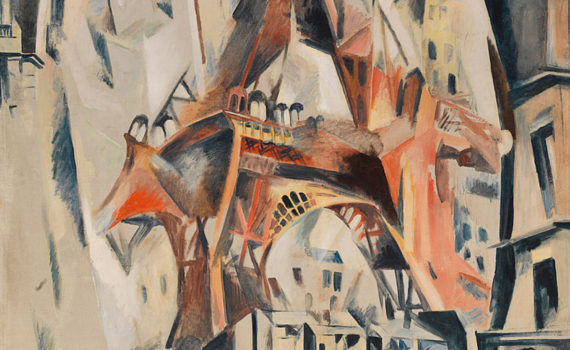
The Cubist City – Robert Delaunay and Fernand Léger
Delaunay and Léger used Cubism’s abstract language of fractured forms and spatial dislocations to express the modern urban experience.
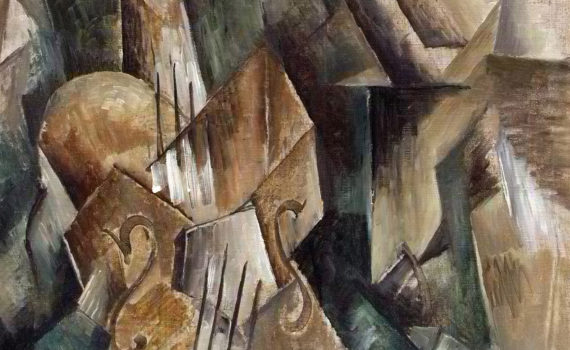
Georges Braque, Violin and Palette
Despite its often baffling innovations, one of the defining features of Cubism is its engagement with the Western painting tradition.
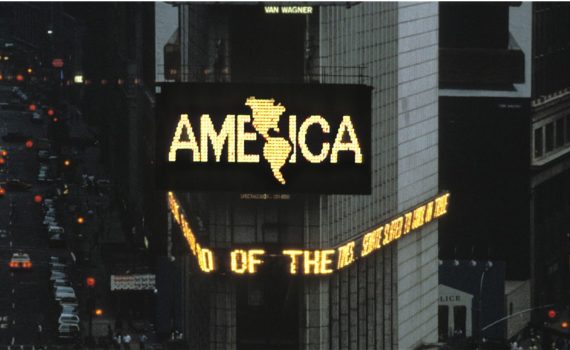
Alfredo Jaar, A Logo for America
Using the language of advertising, Jaar conveys a political message about who “Americans” really are.

Donald Judd, Untitled
Judd’s boxes were made by factory workers, not by the artist—but he provided instructions.
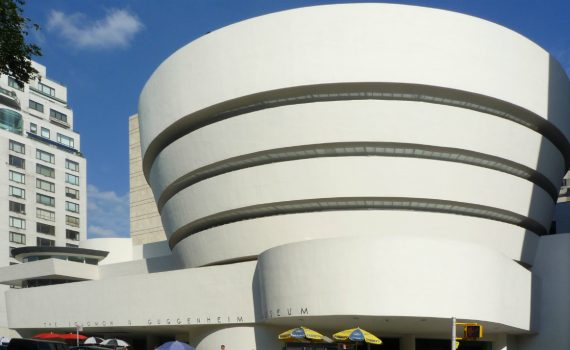
Frank Lloyd Wright, Solomon R. Guggenheim Museum, New York City
Wright pushed the limits of engineering with poured concrete, and relied on a contractor who build parking garages.
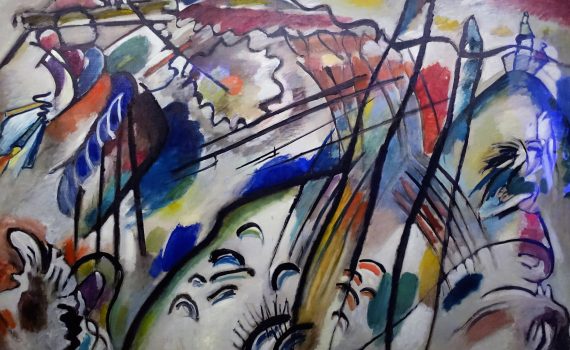
Vasily Kandinsky, Improvisation 28 (second version)
What would this painting sound like? Yes, you read that right—this canvas blurs the lines between senses.
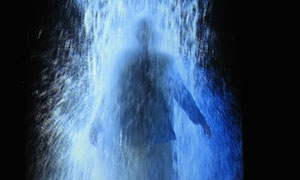
Bill Viola, The Crossing
Viola’s multi-channel video installations experiment with meditative states and the manipulation of time.




